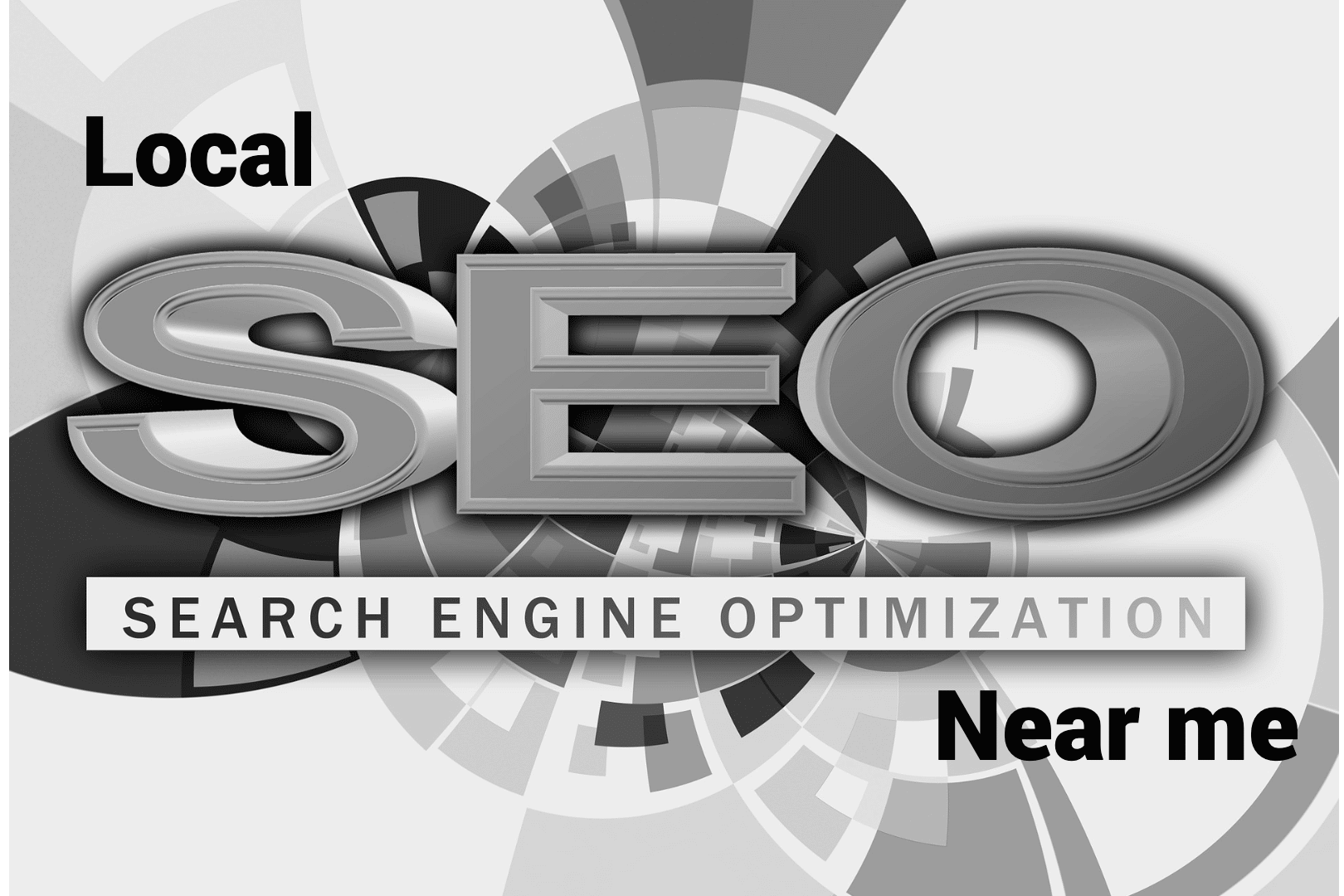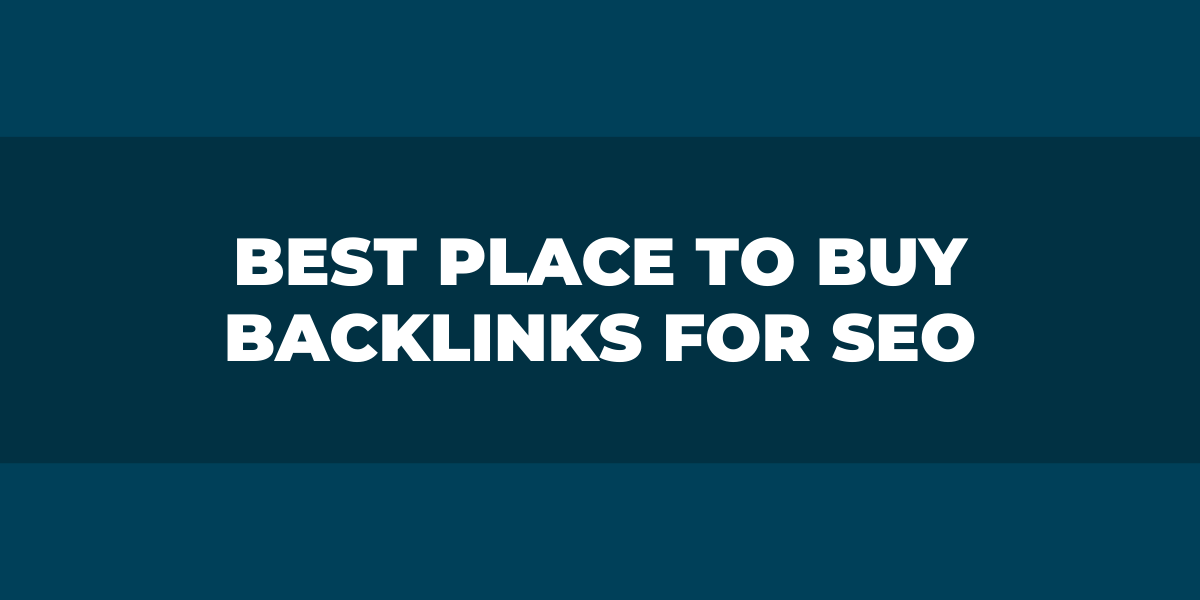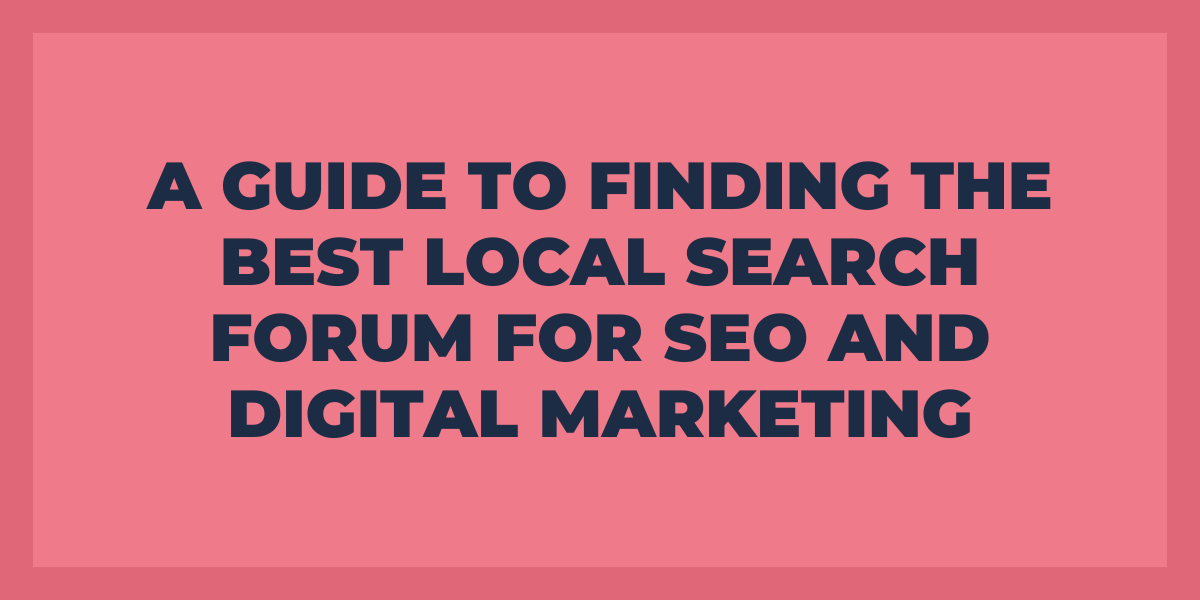Over the years, search queries with the words “near me” have grown exponentially. So much that businesses are now investing in local SEO “near me” strategies.
Statistically, searches with “near me” qualifiers have grown by 150% vs those without. Searches with “open now near me” have registered an astonishing increase of over 400% in just a year.
All this data tells us one thing. It is imperative for local businesses to optimize their business listings for “near me” searches. So much that some businesses have even changed their names to include the modifier in a bid to rank higher than the competition.
It should be noted that Google still updates its algorithms, prioritizing search intent over other factors. Against this backdrop, overt targeting strategies may not work as well as they used to.
Fortunately, we can make use of new local SEO “near me” strategies to help your business stand out from the rest.
How Google treats overt “near me” optimizations
For the last couple of years, businesses that included “near me” or “near you” in their page titles and headings saw a rise in visits. Some SEO experts replicated these modifiers for business name, and saw a huge boost in online traffic.
Businesses were using keyword matching in the literal sense, changing their names altogether. And for a while, these keyword-stuffed optimizations did deliver results in a jiffy.
Search visibility went through the roof, and everybody wanted a piece of the “near me” action. In those days, local SEO was still not a big deal as it is today.
But now? Google no longer sends extra search engine juice your way. The search giant has been aware of how businesses exploited this ‘opportunity’ (read: loophole). It has rolled out new changes to how its algorithm interprets such queries.
Now, Google will be treating the words “near me” as a proximity indicator. It will not be considered as a keyword. Hence, you need the right keyword strategy to rank.
This means businesses with “near me” as part of their name will not see any boost in their Google Maps or search optimization.
We should make one thing clear. Continuing to use the “near me” term is not going to negatively impact your listing. You will still need to figure out how to capitalize on the local SEO service trend. A question that is best answered by Google’s Proximity Update in 2011.
Unpacking Google’s November 2021 Local Search Update
The last time Google released an update for local search was with Possum in 2016.
With this new update, SEO experts have more opportunities than ever to rank businesses for local searches.
Here’s how it works now. Google relies on three ranking factors for local results. The extreme optimization tactics from the yesteryears are no longer valid.
Google prefers:
- Relevance – Does your business match what the user is searching for?
- Distance – Is your business or service far away or near the user’s location?
- Prominence – Is your business trusted or well-known enough among customers?
With these new ranking criteria, Google is leaning onto users as well as you to accurately represent your business. Therefore, it is essential to list your operating hours and location in local and on-page listings.
Here’s a simple tip to reach the relevant users. Your business needs to list the desired service or product in the geographic area it resides in. Users from the same area will be quickly able to find you. Use this quick fix to build up your ranking on Google today.
Operating Hours
Additionally, mention the times you open and close your business during the week. This information should be visible on your listings as well as on-page SEO. Make sure you keep them up-to-date.
Why is this important? Google now relies on its AI to update business hours it feels are inaccurate. Suppose your business listing mentions that you’re closed on weekends. However, Google checks on what days user traffic is higher for your listing. If it figures out you are open on Saturdays and haven’t updated that listing for six months, Google will automatically update your business hours.
Embedded Maps
Did you know you could include interactive maps on your website? These are also known as embedded maps.
Maps on your sites deliver a superior user experience by providing visitors easy access to important business information at a glimpse – phone number, address, directions, and even reviews.
They can also provide new opportunities thanks to Google Maps Embed API.
Using the API, users could be able to book appointments directly on your embedded map. And that’s just the start.
Schema Markup
Unhappy with the business description you have on your Google listing? You need a few lines of code that can help you enhance it.
Schema markup codes can be added to your site that offers plenty of advantages. You will be able to feature rich snippets, all your business listing to appear on the knowledge graph, increase overall brand visibility on Google, and so on.
To create a schema, you will need to enter some code through the backend HTML or a plugin.
On-page content
Where do you place your schema markup, embedded maps, operating hours, etc.? On a designated location page within your site.
These pages let you add everything:
- geo-optimized title tags and meta descriptions that highlight your city and services
- SEO-rich content
- Optimized alt text
- Internal links
Most importantly, it doubles as a bottom-funnel landing page for users who rely on local citations to find your business.
How can I use trust signals for local SEO?
Proximity is an important ranking factor. But so are user trust and reviews.
Google likes quality reviews from your customers, which serve as free advertising to attract more customers.
Relying on trust signals is one of the best ways to boost local SEO “near me” rankings. To ensure that you are getting a steady stream of user reviews, you have to make it easier for reviews to leave those reviews when they visit.
Make sure you add a “Leave a Review” button on your website. You can also fire off review request emails to nurture leads.
Good or bad reviews? Google says it wants all kinds of reviews to establish trustworthiness.
You can also employ citations to establish your credibility. Here are a few examples of public citation directories you can rely on:
- Google Business Profile
- Yelp
- Trip Advisor
- Bing
Remember, citations rely on the NAP methodology (Name, Address, Phone Number). So make sure these bits of information are consistent throughout. By ensuring transparency, Google delivers an enhanced user experience for those who use search or Google Maps to find you.
Conclusion
With these tips, you have the makings of a local SEO “near me” strategy. Make sure adhere to these simple rules to optimize local searches for your business without paying much. Google values transparency, authenticity and relevance to rank your business by matching it with user search intent.













